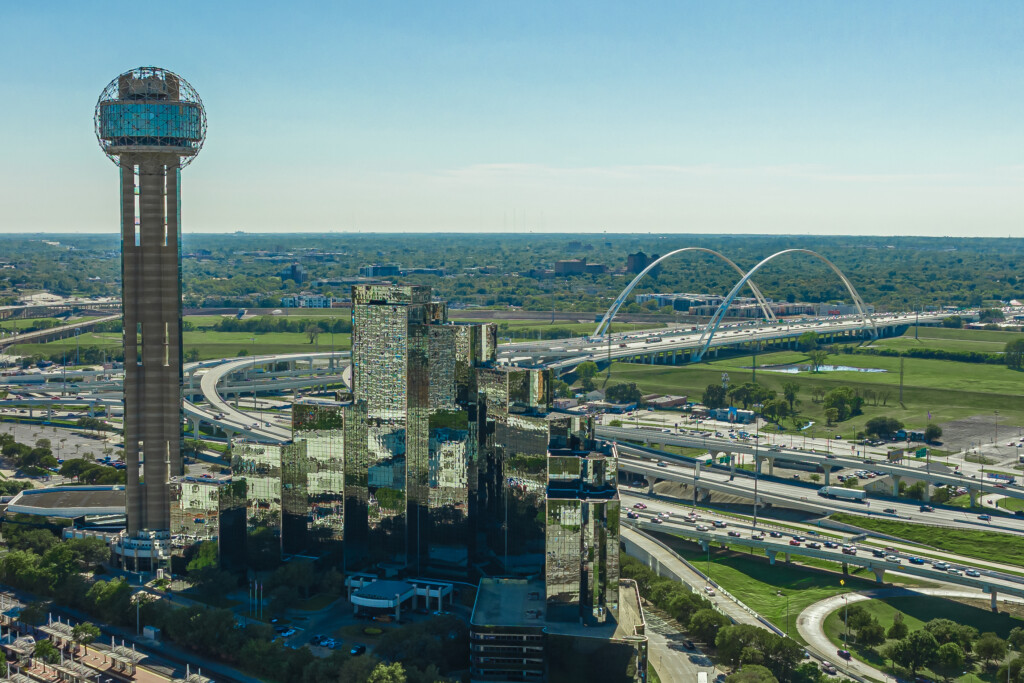Being born and raised in DFW feels like being part of a special club these days. Growing up here, I remember riding around the city with my mom, a realtor at Ebby Halliday, in what was commonly called the “little white house,” and seeing the city transform. I remember seeing West Village when it was a vacant lot, and I remember when there was, well, just about nothing north of 635. And I’m just a Millennial.

Over the past 30 years, the entire DFW region has transformed into a sprawling hub of activity, with real estate development reaching far beyond the city limits. The Dallas-Fort Worth-Arlington area has seen its population soar from around 4 million in the 1990s to more than 7.5 million by the latest estimates, making it one of the most populous regions in the United States.
Real estate development has been a catalyst for this growth, not only in Dallas but also in surrounding cities. In the northern suburbs, places like Frisco and McKinney have experienced unprecedented expansion. Once a small town, Frisco has evolved into a vibrant city with a population that has surged from around 6,000 in 1990 to well over 200,000 today. The development of the Dallas North Tollway corridor, featuring mixed-use developments and corporate headquarters, has been a driving force behind Frisco’s rapid transformation. But I don’t think I ever heard of the place as a kid.
Similarly, McKinney, known for its historic charm, has embraced modernity with a population explosion from around 21,000 in 1990 to surpassing 200,000 in recent years. The McKinney National Airport area has become a focal point for business and residential development, contributing to the city’s economic vibrancy.
Plano, another major player in DFW, has seen its population increase from approximately 128,000 in 1990 to more than 290,000 today. Home to numerous corporate headquarters and a thriving tech sector, Plano’s Legacy West development stands out as a testament to the city’s commitment to creating dynamic urban spaces.
While these northern suburbs have been at the forefront of growth, other regional areas have also experienced significant changes. Arlington has seen its population climb from around 260,000 in 1990 to more than 400,000 today. The city’s entertainment district, anchored by AT&T Stadium and Globe Life Field, has become a major sports and entertainment destination and spurred additional development in the surrounding areas.
Fort Worth, traditionally known for its cowboy culture, has not been immune to the region’s expansion. The city’s population has grown from approximately 447,000 in 1990 to more than 900,000 today. The revitalization of the downtown area, the cultural district, and the Clearfork development showcase Fort Worth’s commitment to embracing growth while preserving its unique identity.
We’ve undergone a profound transformation fueled by remarkable population growth and extensive developments. What will the next 30 years bring?
Jack Stone is Managing Director, Multifamily Investment Sales for Greysteel.
Author







